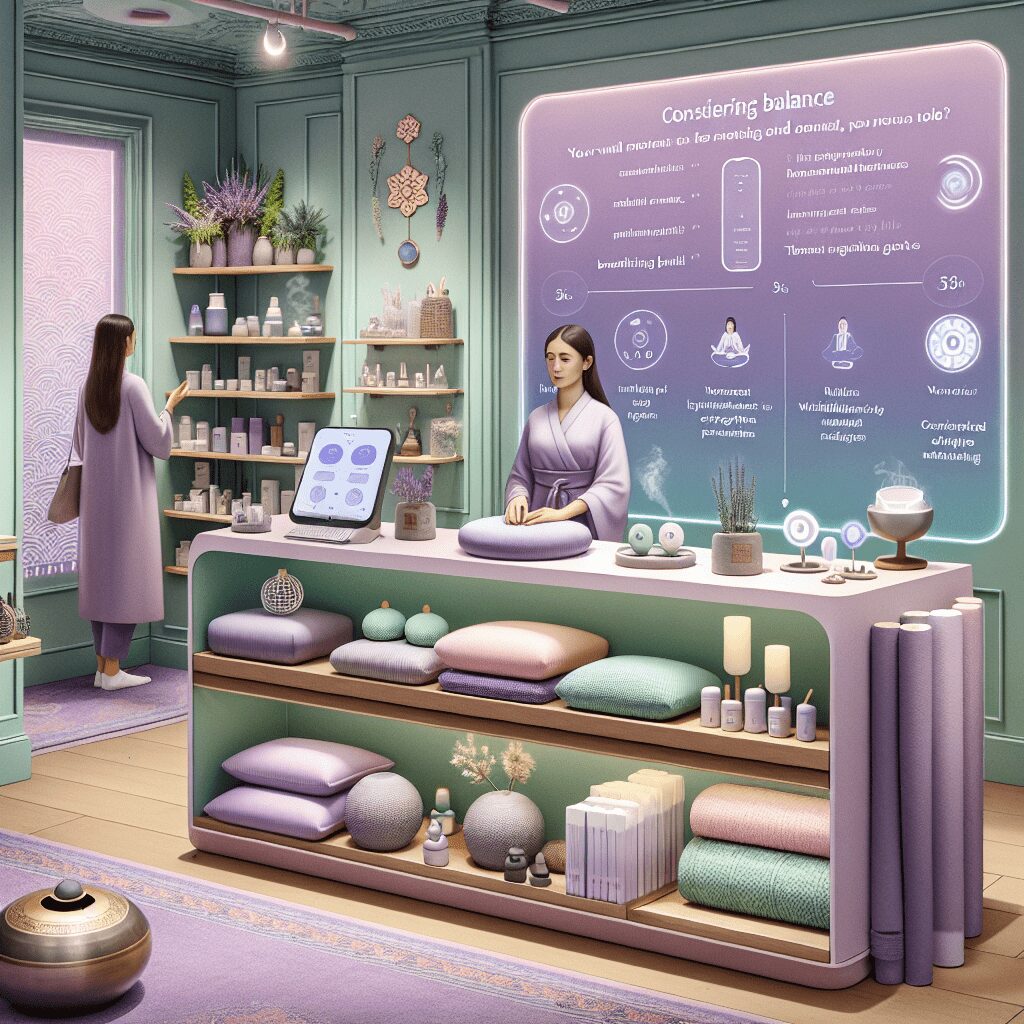
Prioritize your mental well-being daily. Enhance your life by nurturing your mental health with the Smart Meditation app. Break free from stress, alleviate anxiety, and enhance your sleep quality starting today.
Can I Have Nitroux Oxide Sedation If Im On Antidepressents?
Navigating Nitrous Oxide Sedation While on Antidepressants
If you’ve been pondering over whether the fog of dental anxiety can be cleared with a puff of nitrous oxide—affectionately dubbed “laughing gas”—while you’re juggling your antidepressants, you’re in the right spot. This combo, akin to mixing different genres in a playlist, requires a delicate balance to ensure harmony and avoid hitting a sour note. So, let’s dive in and dissect this query with the precision of a well-aimed dart, shall we?
Understanding the Crossroads of Nitrous Oxide and Antidepressants
The Chemistry Behind the Scenes
First things first, nitrous oxide sedation is a go-to for many dental practitioners to help patients kick back during procedures that aren’t exactly on their bucket list. It’s like a magic carpet ride for your nerves, taking the edge off without the hangover of more potent sedatives. However, when you throw antidepressants into this cocktail, the dynamics change.
Antidepressants, especially SSRIs (Selective Serotonin Reuptake Inhibitors) and MAOIs (Monoamine Oxidase Inhibitors), tweak the brain’s serotonin levels to keep the blues at bay. Serotonin’s the VIP of neurotransmitters, crucial for mood regulation. The plot thickens because nitrous oxide also tips its hat in this realm, affecting various neurotransmitters, though its role is more of a cameo than a leading part.
The Cautious Confluence
Here’s the crux of the matter: while nitrous oxide generally plays well with others in the pharmacological sandbox, certain antidepressants, particularly MAOIs, demand a second glance. Combining MAOIs with nitrous oxide could potentially lead to unwanted effects like increased blood pressure or, although rare, a serotonin syndrome scenario—a veritable Pandora’s box of symptoms nobody wants to crack open.
Safety First: Dialogue and Decision
-
The Warm-Up Chat: Before you even get comfy in the dental chair, lay your cards on the table. A heart-to-heart about your current antidepressants with your dentist and doctor is a must. It’s not just chit-chat; it’s the cornerstone of tailoring your care to avoid any hitches.
-
Tailoring Your Treatment: Depending on your medication, your dentist might tweak the sedation plan. Alternatives to nitrous oxide, such as oral sedatives or even adjustment of the laughing gas concentration, could come into play. Consider it a tailor-made suit for your dental sedation needs – ensuring both efficacy and safety.
-
Monitoring Matters: Should the green light for nitrous oxide be given, monitoring during the procedure isn’t just good practice—it’s essential. Blood pressure, heart rate, and oxygen levels under the vigilant eyes of the dental team ensure you’re as secure as a fort.
Wrapping It Up with a Bow
In the orchestra of healthcare, ensuring that all the instruments play in harmony is pivotal. While nitrous oxide sedation is generally safe for those serenading their blues away with antidepressants, the caveat remains: it’s not a solo act. Coordination between your dental squadron and healthcare providers hits the right chords for a safe, anxiety-free dental visit.
So, can you dive into the laughing gas experience while on antidepressants? Yes, with a but. Like a cautious conductor leading the ensemble, a well-informed, transparent conversation with your healthcare maestros ensures that your dental symphony plays out without a hitch. Now, isn’t that something to smile about?




